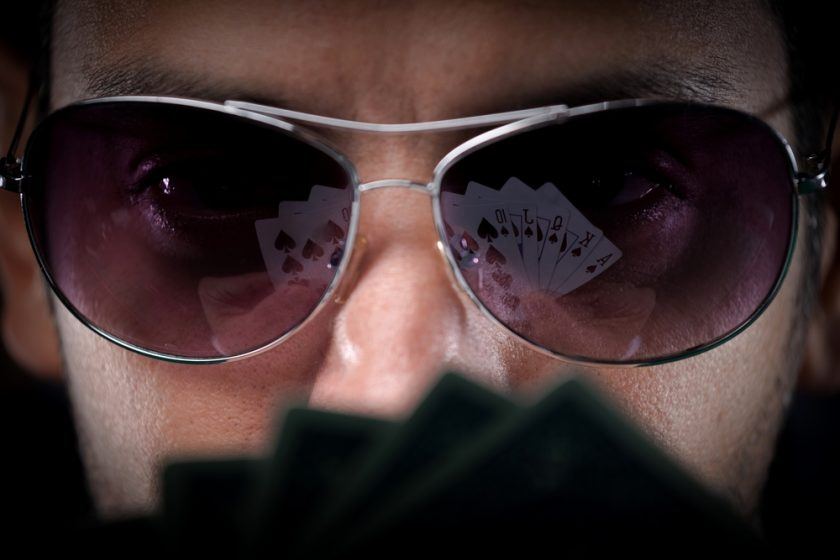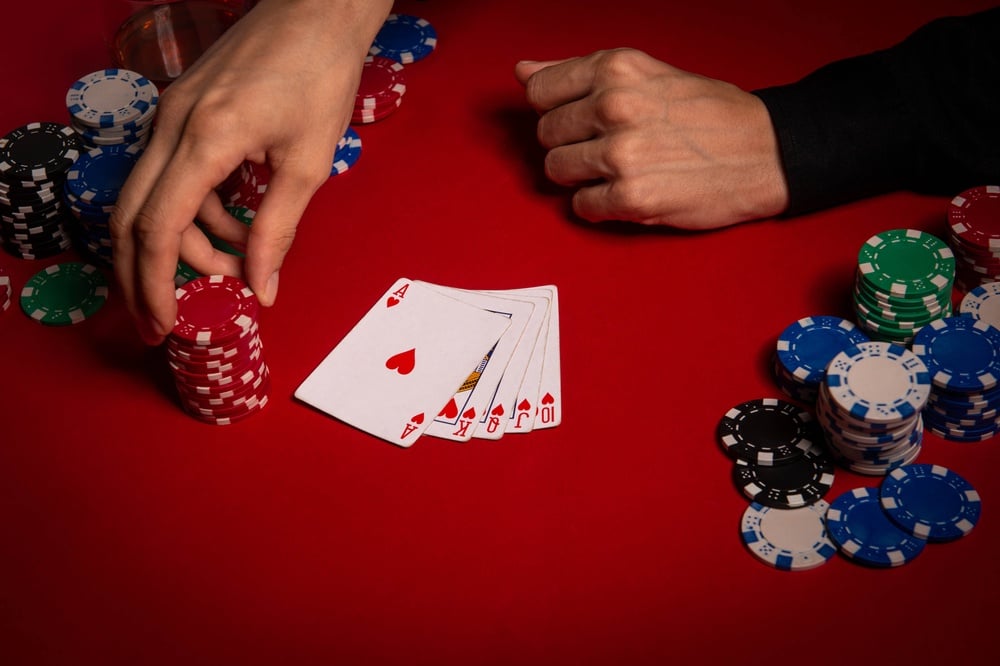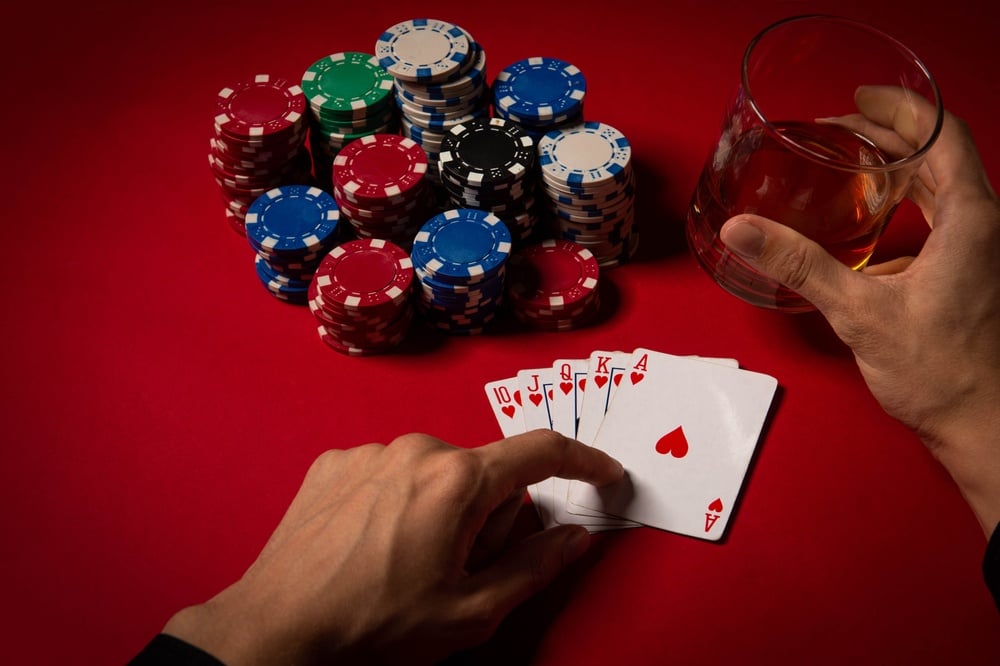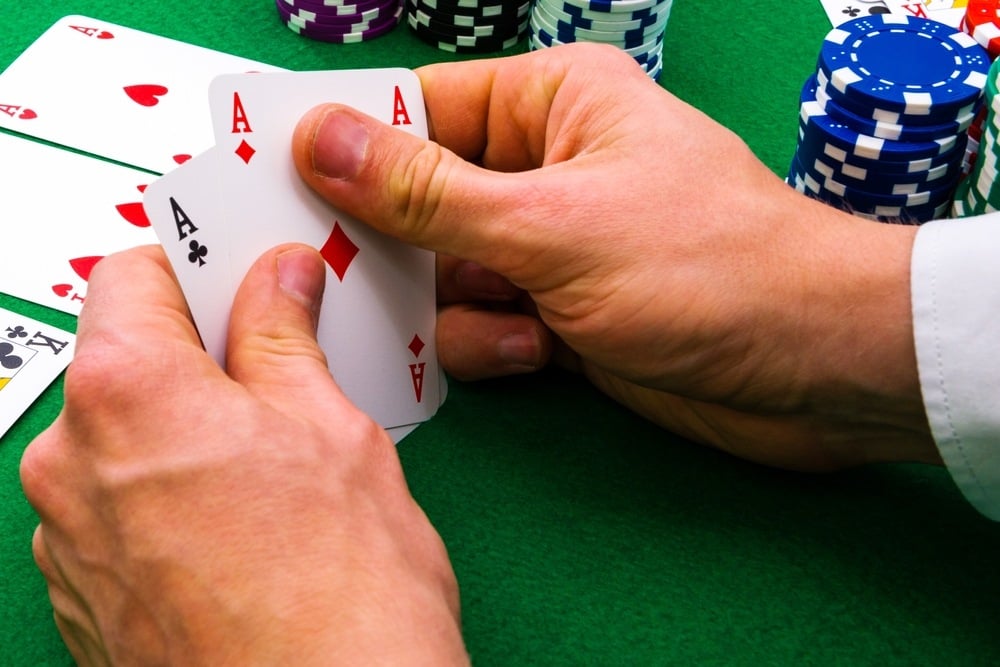Heads Up Poker Guide: Strategies for Dominating One-on-One Play

Image Credit: Casino.org
Understanding Heads Up Poker: Essential Insights
Heads up poker strips the game down to its most exciting core-a contest between just two players. Unlike full tables, this format places unique emphasis on reading your opponent, choosing the right hands to play, and leveraging your position for maximum advantage. Because there are only two competitors, aggression and adaptability become critical skills. Even hands considered weak in larger games can rise in value, and the ability to quickly interpret and counter your opponent’s strategy is the key to long-term success.
- Heads up poker is a fast-paced, two-player version of Texas Hold’em.
- Position is vital: the player with the dealer button acts first before the flop and acts last on every post-flop betting round.
- Hand ranges must expand-marginal hands often become playable and strong in heads up matches.
- Being observant and willing to shift your strategy based on your rival’s actions is essential.
- Successful heads up play usually rewards assertiveness-betting and raising can pressure your opponent into making costly mistakes.
Defining Heads Up Poker
Heads up poker refers to any poker scenario where only two players are in the hand. This dynamic appears most commonly during the closing stages of tournaments, but can also be the focus of specially-arranged matches. Playing heads up fundamentally transforms the flow of the game: the dealer button also serves as the small blind, while the other participant posts the big blind. This shift means direct competition and continuous action.
The Origin and Meaning of “Heads Up”
The phrase “heads up” is widely used to describe a head-to-head contest. In poker, it signifies the final faceoff between two competitors-be it after others have folded or in a dedicated two-player bout. The image conjured is one of a duel, two players squaring off with nothing but their wits (and cards) to settle the score.
How to Play Heads Up Poker: Step-by-Step Fundamentals
To set up a heads up poker game, you’ll just need a deck of cards (or an app) and something to mark the dealer position. Follow these basic steps:
- Designate an object as the dealer button-anything visible works, from a coin to an empty box.
- The dealer (button) posts the small blind; the other player posts the big blind. In a $1/$2 game, the small blind puts in $1, the big blind $2.
- Cards are dealt, and the player on the button acts first before the flop. On all subsequent betting rounds, the button acts last.
- After each hand, the button rotates to the other player.
Dealer Button and Blind Roles Explained
In heads up play, the button not only marks the dealer, but also the small blind. The player with the button starts the pre-flop betting, while the opponent (big blind) acts second. Post-flop, the button has the advantage of acting last during every betting round.
Heads Up Poker vs. Full Table (Ring) Games: Key Contrasts
Heads up poker and traditional full-table games differ in speed, required strategy, and player mindset:
- Full ring games seat six to nine players and often reward patience because there are more opponents and fewer playable hands.
- Heads up matches are much faster, with players seeing many more hands per hour, demanding a willingness to make quick, aggressive moves.
- In ring games, it’s essential to outlast many competitors, while in heads up play, each hand is a direct battle between just two minds.
Decoding Poker Terms: A Practical Example
The jargon of heads up poker can be bewildering for newcomers. Here’s an annotated play sequence to clarify:
- You and your friend play poker at $0.25/$0.50 blinds.
- You’re on the button (small blind), posting $0.25.
- Your friend posts the big blind, $0.50.
- Both receive two hole cards; you’re dealt pocket aces.
- You raise to $1.50, putting pressure on your opponent.
- Your opponent calls, adding $1 more (on top of the $0.50 they already posted).
- The flop appears: 2♦ 6♠ A♥. You’ve now got three of a kind.
- The big blind decides whether to bet first; they check.
- You bet $2 to continue your aggression.
- Your friend folds, ending the hand-and roles rotate for the next hand.

Image Credit: Kitreel/Shutterstock
Sharpening Your Game: Practicing Heads Up Poker
If you’re feeling uncertain or don’t always have a partner to play with, digital poker tools provide the perfect environment for learning the ropes. Free online poker apps and video poker games handle dealing, blinds, and player positions, allowing beginners to focus on strategy and get comfortable with fast-paced gameplay. Using digital platforms, you’ll quickly internalize heads up concepts and avoid confusion about table logistics.
Many players find it beneficial to practice both online and with a friend on these apps-and even seasoned players enjoy the streamlined experience of not shuffling or keeping track of bets by hand.
Why Aggression Is Crucial in Heads Up Poker
The dynamics of a two-player game significantly increase the value of pre-flop and post-flop aggression. With nine players at the table, strong hands appear more frequently, forcing you to exercise caution. However, with only one rival, the odds of either player landing a monster hand plummet. As a result, successful heads up players don’t hesitate to bet or raise, knowing their opponent likely missed the flop as well.
Adjusting Your Strategy: How Heads Up Changes the Game
In a full ring game, caution is key, as multiple opponents mean there’s a higher chance someone holds a better hand. Heads up, that caution gives way to adaptability and boldness. Because it’s less likely either player has connected aggressively with the community cards, bluffing is more potent and hands previously considered marginal gain value. You need to expand your hand selection and be more willing to pressure your rival off mediocre holdings.

Image Credit: Vlasov Yevhenii/Shutterstock
Redefining a “Good Hand” When Playing Heads Up
Although the same basic rules govern both heads up and multi-player Texas Hold’em, the hand rankings you rely upon must adapt. Against several opponents, strong holdings like big pocket pairs or two pairs are often necessary. But one-on-one, even a simple pair frequently stands as the best hand.
It’s important to keep perspective-what holds up against a single foe may not fare as well in a full game, so don’t let early heads up success inflate your expectations for tougher, multi-way action.
Transitioning from Home Game to Casino Table: A Word of Caution
Many beginners learn heads up play at home, only to find themselves at a disadvantage in casino ring games. In larger games, the strength required to win hands increases significantly. For example, top pair or even two pairs can frequently be outclassed by straights and flushes, so always adjust your expectations according to the number of opponents.
Should You Learn Heads Up Poker?
While heads up poker is fast and fun, it’s not always the best learning environment for beginners who ultimately want to succeed at larger tables. Playing only heads up can teach you to overvalue weak hands-which may prove costly when facing seasoned opponents in casinos or large tournaments. Before specializing in heads up, consider building a foundation in full ring poker, where patience and tighter hand selection are vital.

Image Credit: Vlasov Yevhenii/Shutterstock
Advantages of Adding Heads Up Poker to Your Arsenal
Despite its risks for beginners, heads up poker offers several valuable benefits for seasoned players or those looking to sharpen specific skills:
- Enhanced people-reading skills: Facing only a single rival allows you to focus on picking up subtle ‘tells’ and learning how to maintain your own poker face. Even online, timing patterns and betting habits can reveal crucial information.
- Boosted creativity and bluffing practice: Because your chances of running into a strong hand are reduced, heads up play is the perfect playground for testing bluffs and making aggressive, non-standard moves.
- Preparation for tournament finales: All poker tournaments eventually narrow to a final two. Knowing how to adapt to heads up will maximize your ability to close out events when you’re in contention for first place.
Turning Opponent Insecurities into Opportunity in Heads Up
Many tournament players dread facing heads up play and will try to “chop” the final prize pool based on chip counts rather than risk the uncertainty of going one-on-one. If you’re confident in heads up play, this presents a major opportunity: your willingness to play the endgame (or even just threaten to) can give you leverage in deal negotiations.
Key strategies at this stage:
- Widen your starting hand range: Relative hand strength is higher with only one opponent, so hands like low pairs and suited connectors become playable.
- Increase bluff frequency: Success requires convincing your opponent to fold more often, and with just one decision-maker, your bets and raises carry more weight.
Remember, final table deals must be unanimous-your confidence in heads up situations can often tip negotiations in your favor.
Negotiation Victory: Winning Without a Single Hand
Leverage goes beyond technical play. For instance, at a local tournament’s final table, a player with a medium chip stack might demand a higher payout in a chop deal, citing their willingness to play heads up if their terms aren’t met. Often, the other players’ hesitation and fear of direct competition will allow savvy negotiators to secure a better prize, simply by demonstrating confidence.

Image Credit: Blezzer/Shutterstock
Final Thoughts: Strategy and Mathematical Adjustments in Heads Up Play
The fundamental attribute of heads up poker is frequency: with fewer players in the pot, both hand values and mathematical incentives change. While you’ll be rewarded for playing more hands and bluffing more often, you must also adjust your decision-making based on pot odds.
For example, in multi-way pots, chasing draws like flushes and straights can be lucrative due to larger pots and better implied odds. With more contributions, the risk/reward ratio improves. In heads up, however, chasing such hands yields lower returns-pots are smaller, so you’re often better off playing for made hands, as a simple pair can win.
Example: Pot Odds in Multi-Way vs. Heads Up Situations
Imagine a $10 bet after the flop is called by four players. With $50+ in the pot, calling to complete a 36% chance flush draw is mathematically justified-the reward is high. But in a heads up match with only $20 or so in the middle, the value of making speculative calls drops significantly.
Instead, focus on hands that are already ahead and use aggressive play to force folds-capitalizing on the frequency with which both you and your opponent will miss the board.
Conclusion
Heads up poker is an exhilarating version of the game that rewards sharp strategy, bold aggression, and keen observation. Whether your goal is to excel at final tables, negotiate better deal terms, or simply hone your people-reading and bluffing abilities, mastering this format can offer a major edge. However, always remember to adjust your learning as you transition into full-ring games, and beware of habits that don’t translate.
With a strong understanding of the unique mathematics, hand selection, and psychological strategies of heads up poker, you’ll be ready to outplay opponents-and seize every opportunity at the one-on-one table.













